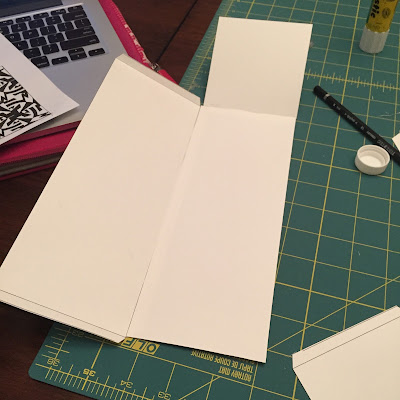The mashup that I decided to develop further is the Sea Lion, a combination of a mermaid and a lion.
This is what the lion originally looked like before I incorporated the object into my design. I kept the upper torso, head and arms, but replaced the lower half of its body with part of the second object.
This is what the mermaid originally looked like before it became part of my mashup. I chose to simply borrow the tail to give the previous object a whimsical touch.
The original ten designs focused on mashups of different animals. I enjoyed mixing elements that were unlikely to co-exist in the wild. My critique group particularly enjoyed the creatures I created backstories for. Two conjoined spirits who roamed the american countryside was one example. However, I wasn't fond of the idea of choosing one of those as it wasn't the designs themselves that my group found interesting, but the story around them that I had created. Thus, I decided to select the Sea Lion as the object I would refine as it was a design that the group enjoyed without needing an explanation. It was a twist on the expectations of a Sea Lion, since the real-life animal doesn't live up to its name quite like this design does.
The two objects that form the Sea Lion are of similar quality, so it is fairly believable that the two pieces were meant to go together. My critique group also responded positively to the inclusion of the cuffs around the lion's leg's as they provided a balance in the colour of the creature. However, it was also pointed out in the critique process that the original pose I had the Sea Lion in was too stiff. I completely agreed. So, influenced by my critique group, I set out to change the curve of the mermaid tail so that the Sea Lion could rest more naturally. Instead of looking like a character on a turn-around sheet, I like to think the Sea Lion looks more relaxed after my updates, like it could be lounging on a nice rock. I also removed the band around the Sea Lion's waste so that the progression from the lion's back to the mermaid tail was more gradual.
The original design.
The new design.
Folklore and mythology have always fascinated me, and I think they are a fine example of some of the earliest forms of remix and mashup. Whether the stories told great feats of gods or taught children morality, many employed the use of fantastical beasts based on animals both common and exotic. They often blended different creatures to create something worthy of a god's blade or strange enough to scare children. The werewolf, for instance, is a creature with a blended arrangement of features borrowed from mankind and the common wolf. The lack of an organized system for information also heavily influenced the remix of ideas for these creatures, thereby changing the features of the creatures from one story to the next. Depending on the tale, creatures will have differing features, strengths, or weaknesses. This legacy of strange and impossible creatures is what inspired me to explore the idea of fantasy creatures through this design.
Another important aspect of remix culture is juxtaposition, which this design displays through its contrast of animals. The lion is a strong, sturdy animal that typically lives in a dry, land-locked territory. Mermaids, on the other hand, are often portrayed as delicate creatures that flourish in underwater environments. These two creatures are unlikely to meet and have features that greatly contrast one another. However, when combined, the resulting creature is a powerful underwater predator that one might see protecting the lost city of Atlantis.
Other photos that capture the essence of the Sea Lion:
BONUS CONTENT: TIP FOR COLOURING DIFFERENT PIECES IN RHINO
This was a serious pain to figure out. First of all, it is best to separate the different pieces using a different software such as mesh mixer. After doing that, the pieces must be inserted into Rhino. However, after a frustrating length of time trying to colour the different objects (which were assigned to different layers), I had a lightbulb moment and restarted.
So, for anyone who hasn't figured it out yet and wants to try this for a passion project or another assignment, let me spare you the same frustration.
As you can see, each object was assigned its own layer (not just in the layer menu here, but in the object's specific menu as well). Here's the thing though: in order to be coloured differently, each part had to be inserted into its own layer. Only after creating a layer and selecting the layer (a layer is selected if you have double clicked it and the black checkmark has shown up) can you insert an object so as to change its material from other other objects in Rhino.
I'm sure there are some of you who have figured this out (or found a better way), but I figured I might as well share the method I came up with to anyone who might find this information handy.










































